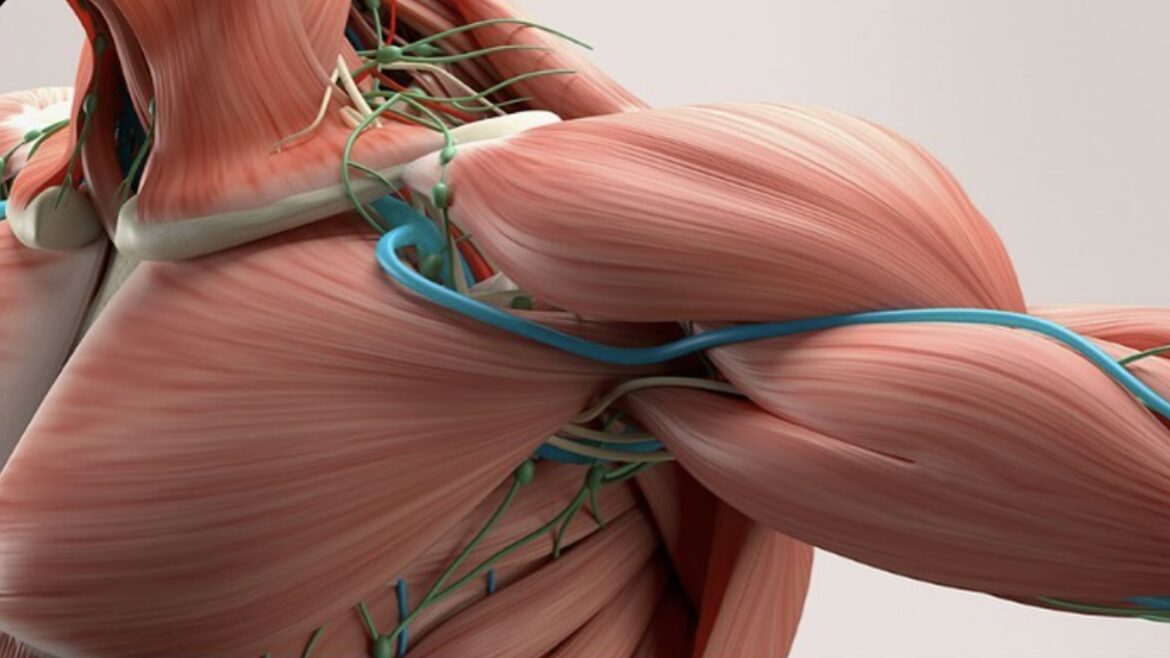Start early to leverage muscle memory and maximize your gains.
Muscle memory is more than just a buzzword. Understanding its real mechanisms can revolutionize your training approach to optimize gains, thereby allowing you to achieve your physique goals faster.
On Oct. 4, 2024, Dr. Milo Wolf, Ph.D. in Sports Science, and Dr. Kevin Murach, Ph.D. in Human Bioenergetics, explained the science behind muscle memory and its implications for health, fitness, and athletic performance.
Key Takeaways
- There are two specific types of muscle memory:
- One is related to the nervous system and motor learning.
- One is related to muscle physiology.
- After detraining, muscles can be rebuilt faster than it took to initially gain them.
- Muscle cell nuclei play a vital role in muscle growth and memory.
- Myonuclei addition and epigenetic modifications are the leading theories behind muscle memory.
- Exercising early in life can have lasting impacts on muscle health and the ability to regain muscle even after long periods of inactivity.
- Muscle memory can help athletes recover muscle mass and strength quickly after injury breaks.
Wolf outlines the two primary definitions of muscle memory. The first relates to the nervous system’s ability to retain motor skills, like riding a bike, even after long periods of inactivity.
The second definition, and the focus of Wolf’s discussion, involves muscle physiology. It concerns the muscle’s capacity to rebound quickly after a break in training, regaining size and strength faster than it took to build them initially.
Wolf cites several studies where, following a period of detraining, participants regained lost muscle and strength significantly faster — in some cases, up to four times faster — than during their initial training. This rapid recovery is muscle memory in action. (1)(2)(3)
Notably, a few studies suggest that muscle memory only works for experienced athletes and that its full potential might not be realized within a short timeframe (e.g., 10 weeks).
Why Does Muscle Memory Exist?
Muscle memory hinges on myonuclei, the ‘control centers’ within muscle fibers. Murach explains that myonuclei are crucial for muscle growth, acting as blueprints for protein synthesis.
Wolf presents two leading theories — the myonuclei addition theory and the myonuclear epigenetic modification theory. The former suggests that training adds new cell nuclei to muscle fibers, which persist even after detraining, enabling faster regrowth. The latter proposes that training alters the expression of genes within existing nuclei, optimizing them for future muscle growth.
Murach acknowledges that these theories’ exact mechanisms and relative contributions are still under investigation. He suggests that myonuclei addition may drive short-term muscle memory, whereas epigenetic modifications could dominate long-term adaptations.
Practical Implications of Muscle Memory
Murach underlines the lifelong benefits of exercising earlier in life, emphasizing that it enhances muscle health and the capacity to regain lost muscle later in life, even after prolonged inactivity. This, he argues, contributes significantly to preserving independence and quality of life in old age.
Muscle memory offers a silver lining for athletes sidelined by injury. Wolf highlights that any muscle and strength lost during these periods can be recouped at an accelerated rate, minimizing the interruption’s impact on athletic performance.
More Training Content
References
- Ogasawara, R., Yasuda, T., Sakamaki, M., Ozaki, H., & Abe, T. (2011). Effects of periodic and continued resistance training on muscle CSA and strength in previously untrained men. Clinical physiology and functional imaging, 31(5), 399–404. https://doi.org/10.1111/j.1475-097X.2011.01031.x
- Ogasawara, R., Yasuda, T., Ishii, N., & Abe, T. (2013). Comparison of muscle hypertrophy following 6 months of continuous and periodic strength training. European journal of applied physiology, 113(4), 975–985. https://doi.org/10.1007/s00421-012-2511-9
- Staron, R. S., Leonardi, M. J., Karapondo, D. L., Malicky, E. S., Falkel, J. E., Hagerman, F. C., & Hikida, R. S. (1991). Strength and skeletal muscle adaptations in heavy-resistance-trained women after detraining and retraining. Journal of Applied Physiology (Bethesda, Md.: 1985), 70(2), 631–640. https://doi.org/10.1152/jappl.1991.70.2.631
Featured image: @kevinmurachphd on Instagram
